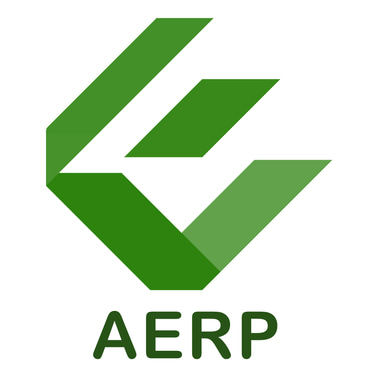
Process Safety Engineer
A Process Safety Engineer is responsible for ensuring the safety and integrity of industrial processes, particularly those involving hazardous materials, in various industries such as chemical, petrochemical, oil and gas, pharmaceuticals, and manufacturing. Their primary focus is on identifying and mitigating potential hazards and risks to prevent accidents, incidents, and environmental damage. Process Safety Engineers play a critical role in maintaining safe operations and compliance with safety regulations.
Hazard Identification and Risk Assessment: Conducting thorough hazard assessments to identify potential risks and hazards associated with industrial processes, including flammable materials, toxic chemicals, high pressures, and high temperatures.
Process Safety Management (PSM): Developing and implementing comprehensive Process Safety Management programs to ensure that all aspects of process safety, including engineering, operating procedures, maintenance, and emergency response, are adequately addressed.
Safety Regulations Compliance: Ensuring compliance with relevant safety standards and regulations, such as Occupational Safety and Health Administration (OSHA) Process Safety Management (PSM) regulations, Chemical Facility Anti-Terrorism Standards (CFATS), and other industry-specific guidelines.
Safety Instrumented Systems (SIS): Designing and maintaining safety instrumented systems, such as Emergency Shutdown Systems (ESD) and Safety Integrity Level (SIL) rated devices, to take critical actions in the event of process upsets or hazardous conditions.
Process Hazard Analysis (PHA): Conducting Process Hazard Analysis studies, such as Hazard and Operability Studies (HAZOP) and What-If Analysis, to systematically identify potential process hazards and evaluate their consequences.
Safety Relief System Design: Designing safety relief systems, including pressure relief valves and rupture discs, to protect equipment and prevent overpressure incidents. Conducting QRA to quantitatively evaluate risks and assess the adequacy of risk control measures.
Incident Investigation: Investigating incidents and accidents to determine their root causes and implementing corrective actions to prevent recurrence.
Safety Audits and Inspections: Conducting regular safety audits and inspections to assess the effectiveness of process safety measures and identify areas for improvement.
Process Change Management: Evaluating proposed process changes to ensure that they are assessed for potential safety impacts before implementation.
keys Roles and Responsibility






Software Skills
PHAWorks - Learn the Essentials
TapRoot - Learn the Essentials
PHA Pro - Learn the Essentials
AVEVA PRO/II - Learn the Essentials
PHAST - Learn the Essentials
ChemCAD - Learn the Essentials
Technical Skills
OSHA PSM - What is Process Safety Management
Fundamentals of Risk Analysis
Human Factor Analysis and Basis of Design
Introduction to Alarm Management Practices & Principles
Layers of Protection Analysis (LOPA) for Process Safety
PHA Essentials for Team Leader
Process Safety and Risk Management (PSM and RMP) in Process Industries
Fundamentals of Root Cause and Faulty Tree Analysis
Safety Instrumented Systems for the Process Industry
Fuel and Combustion Systems Safety
Certification
Fundamental of IEC 61508
How to become Functional Safety Engineer?
